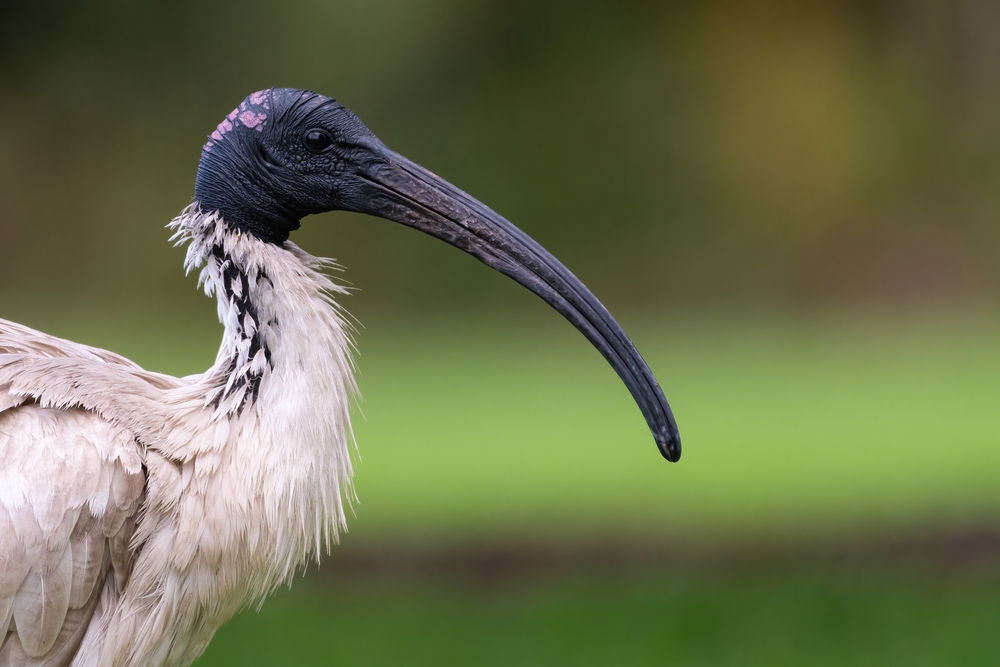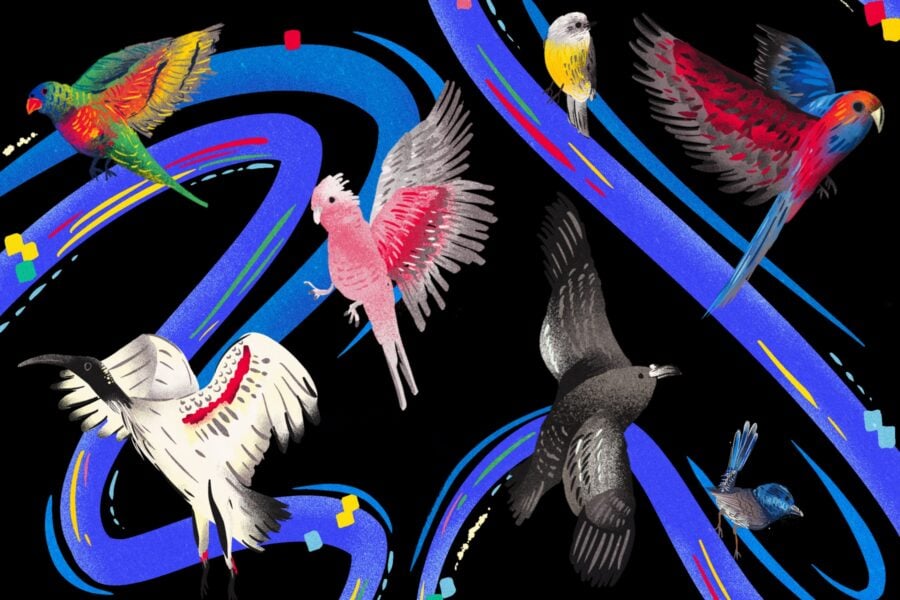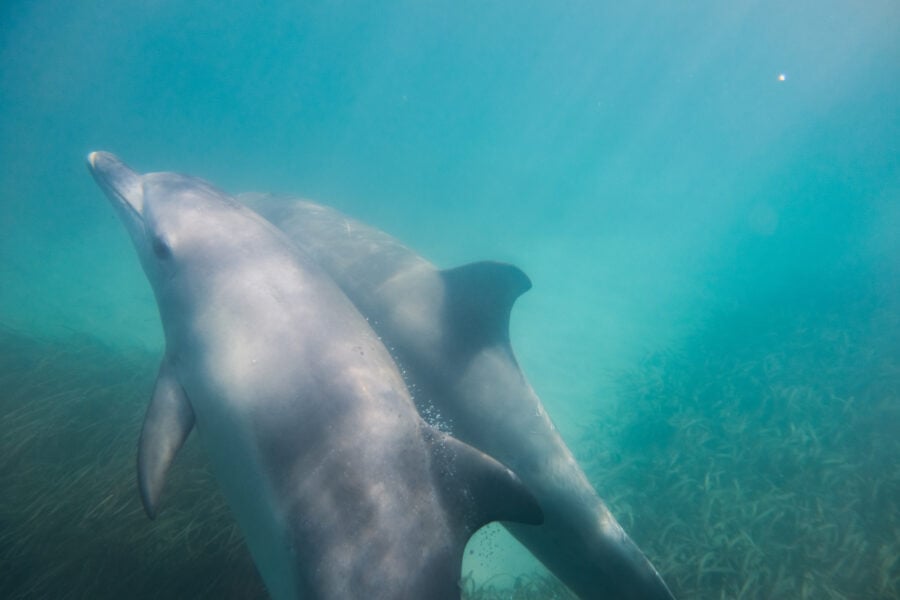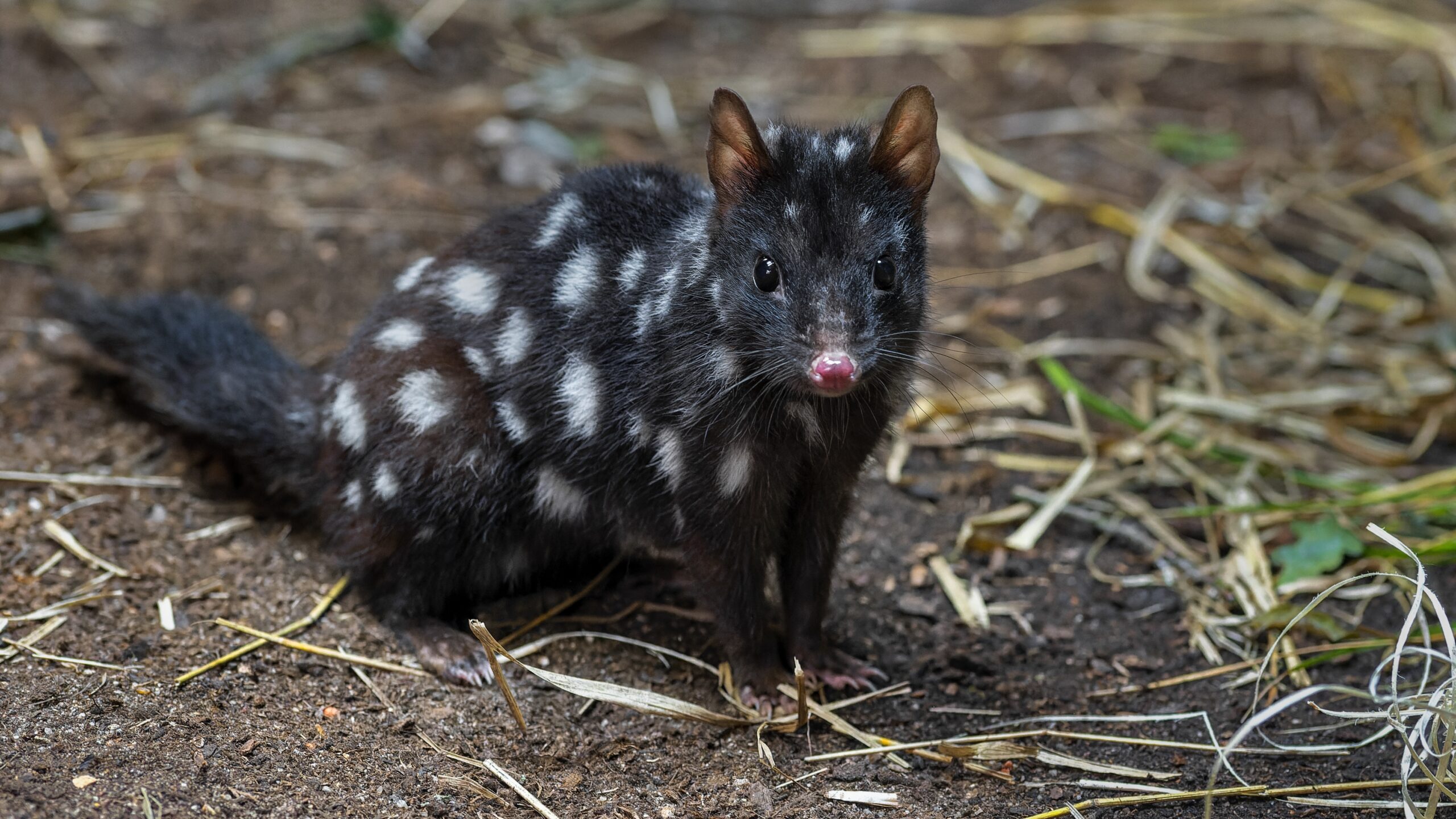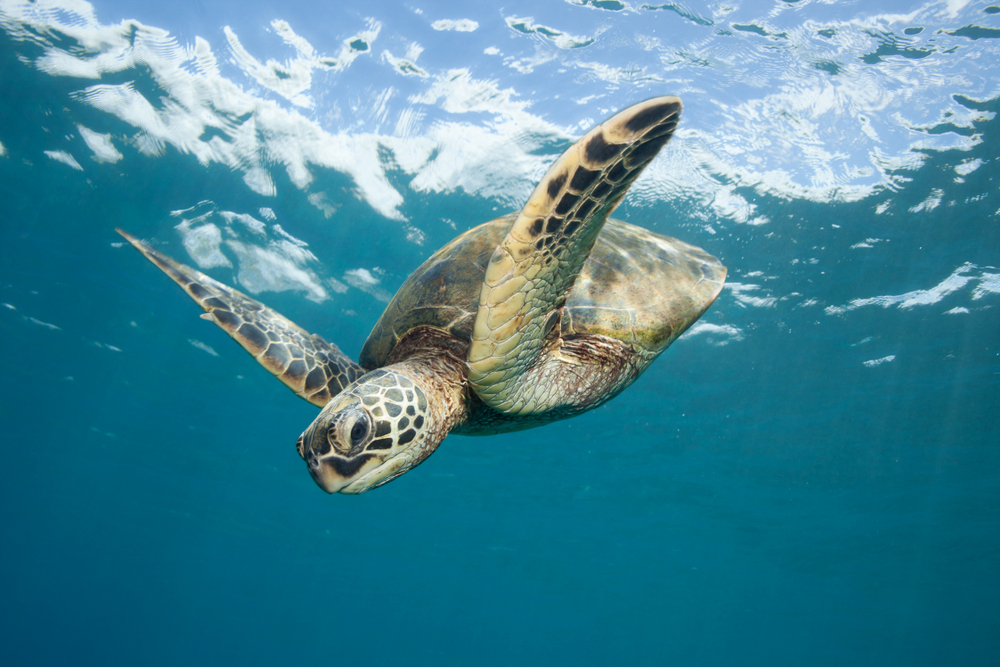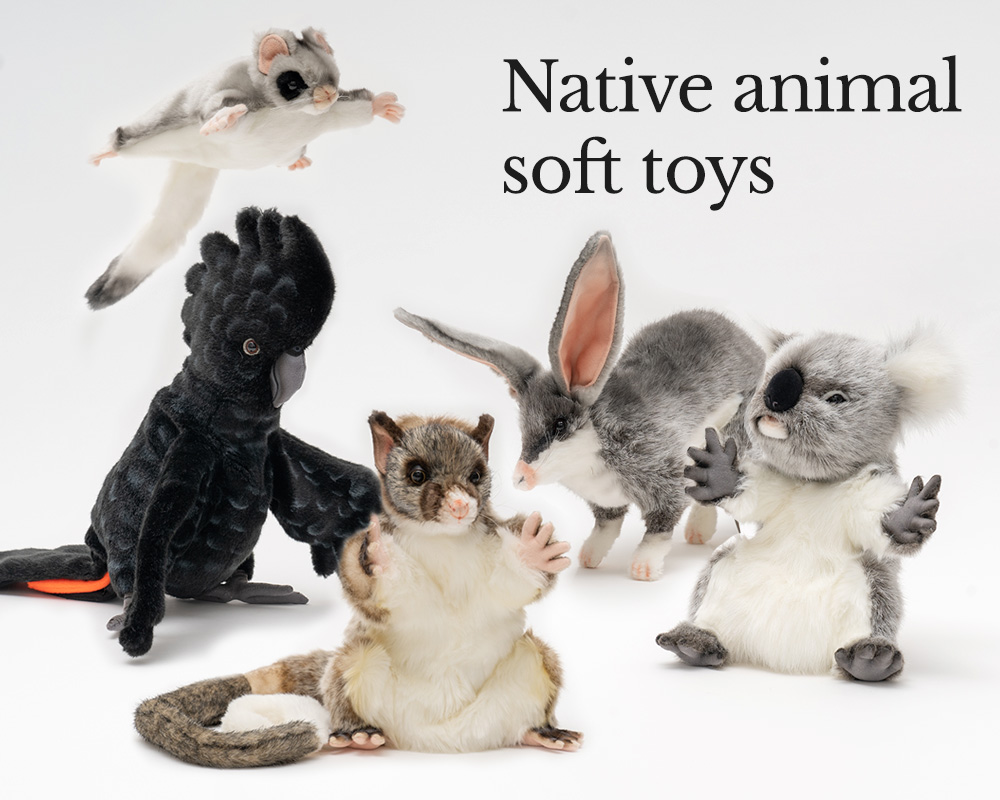| Common name | Australian white ibis |
| Scientific name | Threskiornis molucca |
| Type | Aves (Birds) |
| Diet | Omnivorous – primarily insects, crustaceans, frogs and small reptiles, but also scavenges human food scraps. |
| Average lifespan | Up to 28 years |
| Size | 65–75cm tall; wingspan up to 110cm |
Affectionately known as Australia’s bin chicken (or dump chook, or tip turkey) due to its ability to forage for waste in our cities, the Australian white ibis is in fact a treasured and familiar feathered friend within the country’s natural landscape.
One of three species of ibis in Australia alongside the straw-necked ibis and glossy ibis, this inquisitive bird has been sacred to Indigenous communities for thousands of years and is an exceptional gauge of wetland health.
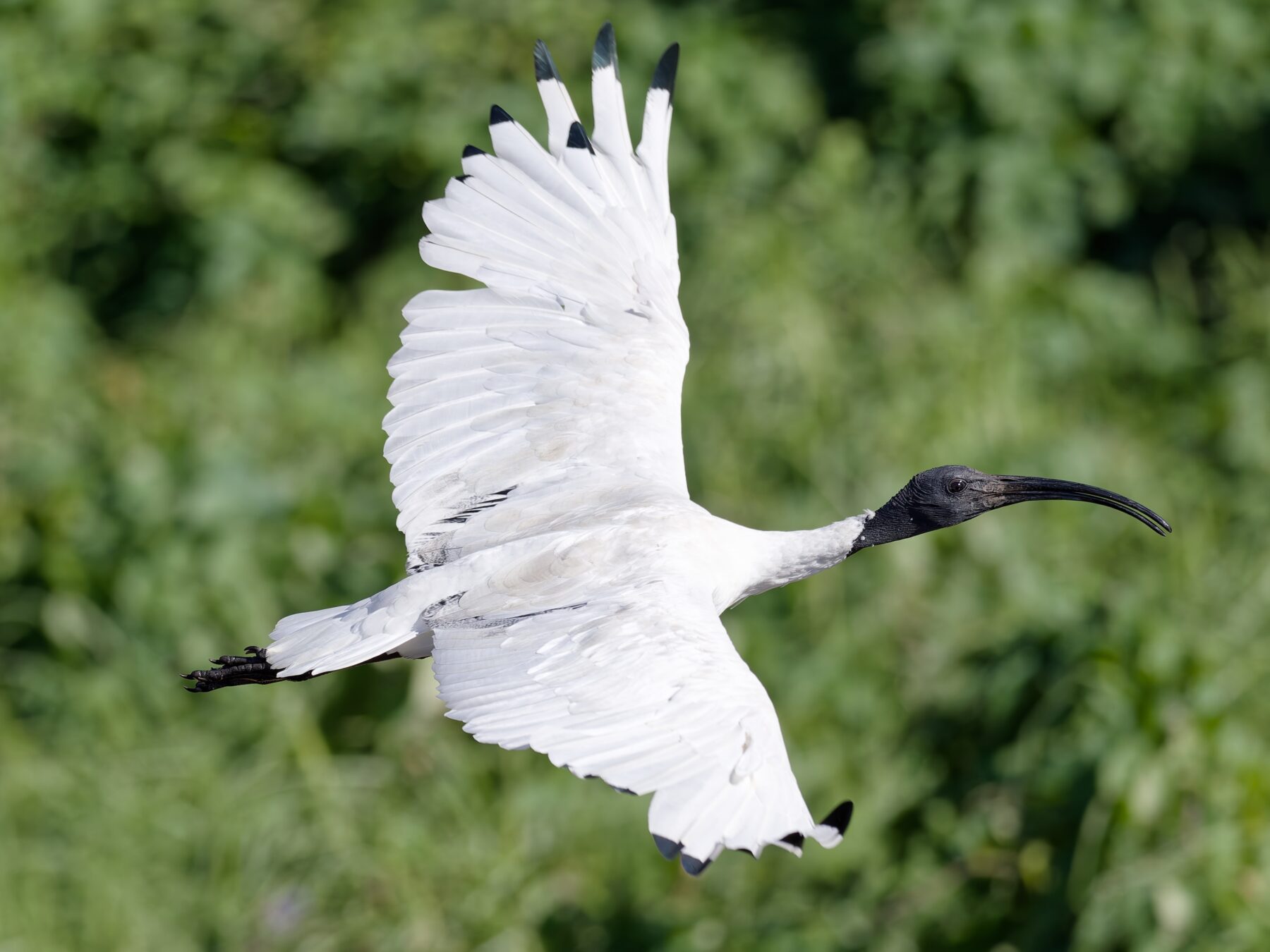
Habitat
Australian white ibises are highly adaptable birds that naturally favour wetlands, floodplains and grasslands, particularly areas near rivers and lakes. However, in recent decades they’ve become common in towns and cities where they forage in parks, bins and landfill sites. Their ability to exploit artificial water sources and human food waste has allowed them to thrive in cities.
Distribution
Historically found across the eastern, northern and south-western parts of Australia, the white ibis has expanded its range significantly due to urbanisation and drought-driven habitat changes. It is now a common sight in major cities like Sydney, Brisbane and Perth.
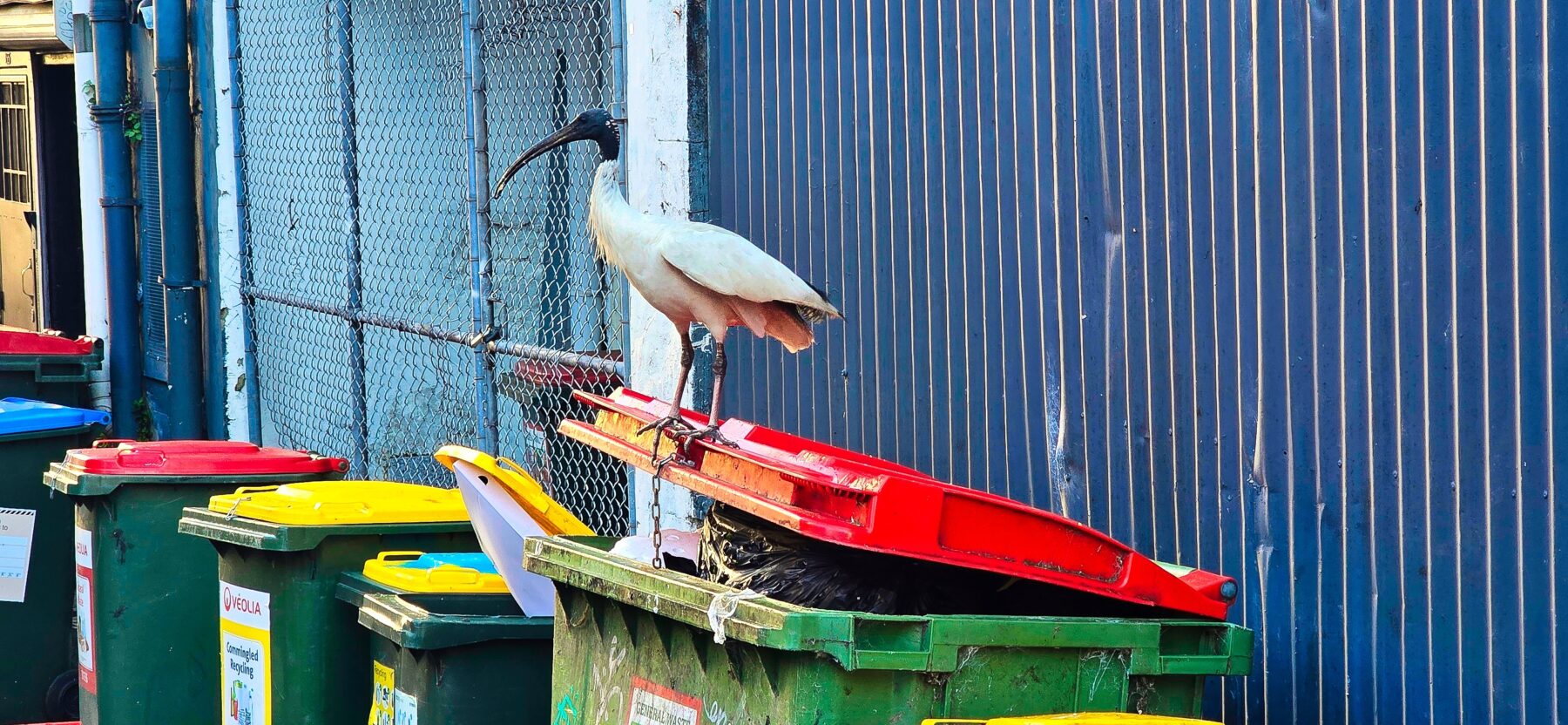
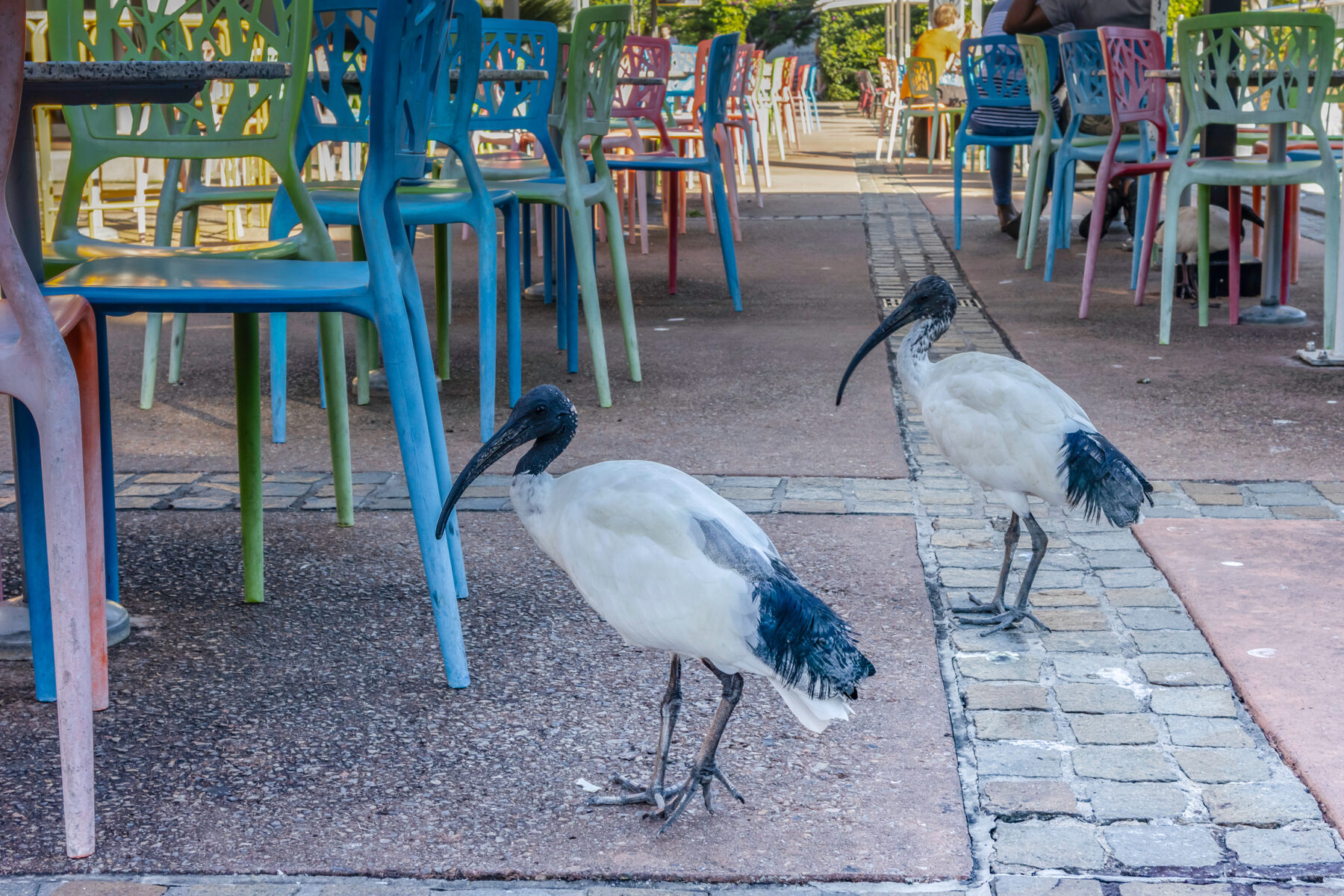
Conservation status
The Australian white ibis is listed as Least Concern nationally. While it has become abundant in urban areas, some inland wetland populations have declined due to habitat loss and drought. Their urban expansion masks these regional population shifts, and there is debate as to whether they should be considered a pest or, on the other hand, a species in decline.
Threats
Urban ibis populations face threats from pollution and entanglement in litter. In rural areas, major threats include wetland degradation, drought and reduced water flows due to irrigation. Their reputation as a nuisance in cities has also led to culling in some regions.
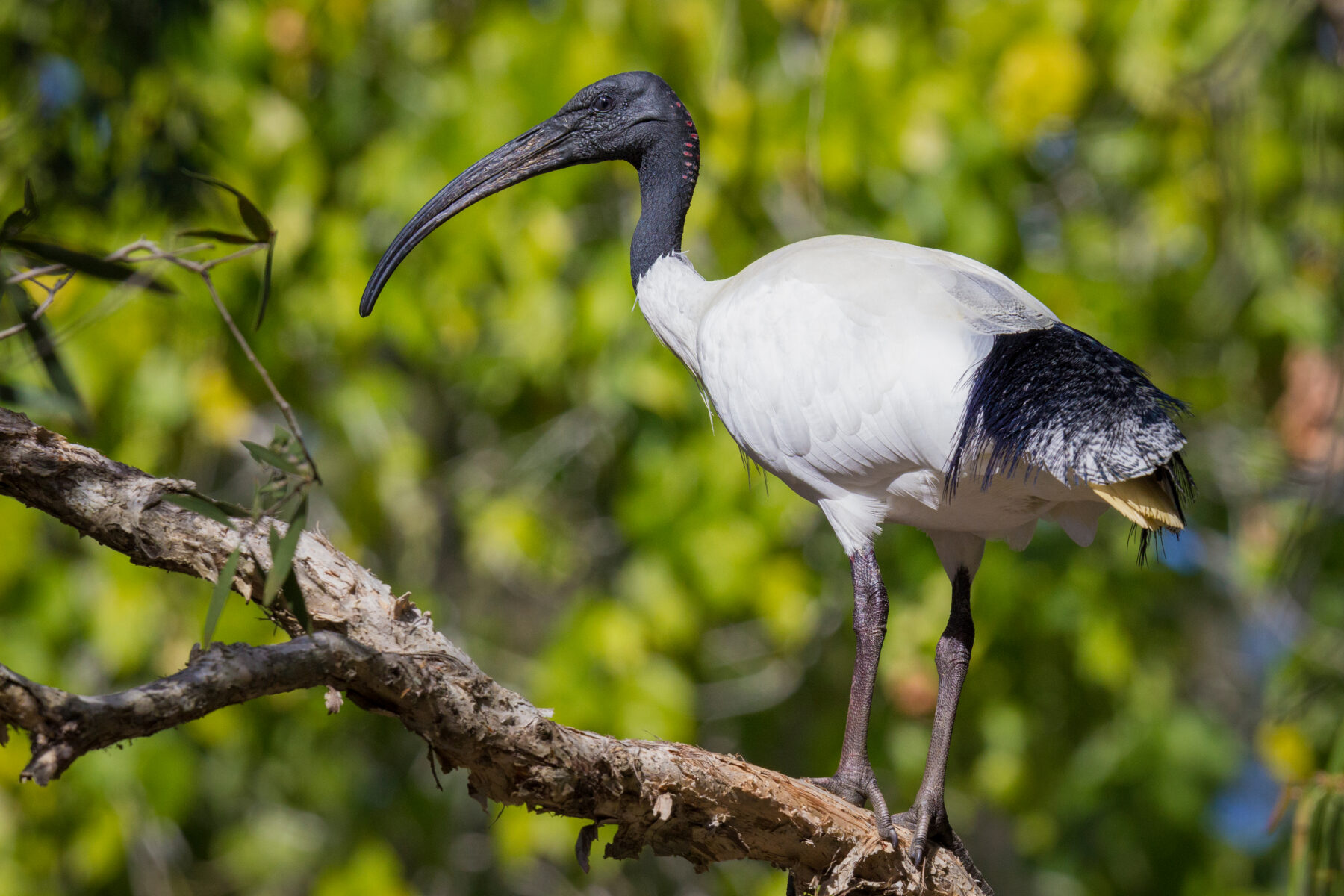
Reproduction
Breeding typically occurs from August to December. Ibis colonies form in large numbers, often on islands or in wetlands with dense vegetation. Nests are built in trees or shrubs, and both parents share incubation duties for the 2–5 eggs. Hatchlings are cared for in the nest for several weeks before fledging.
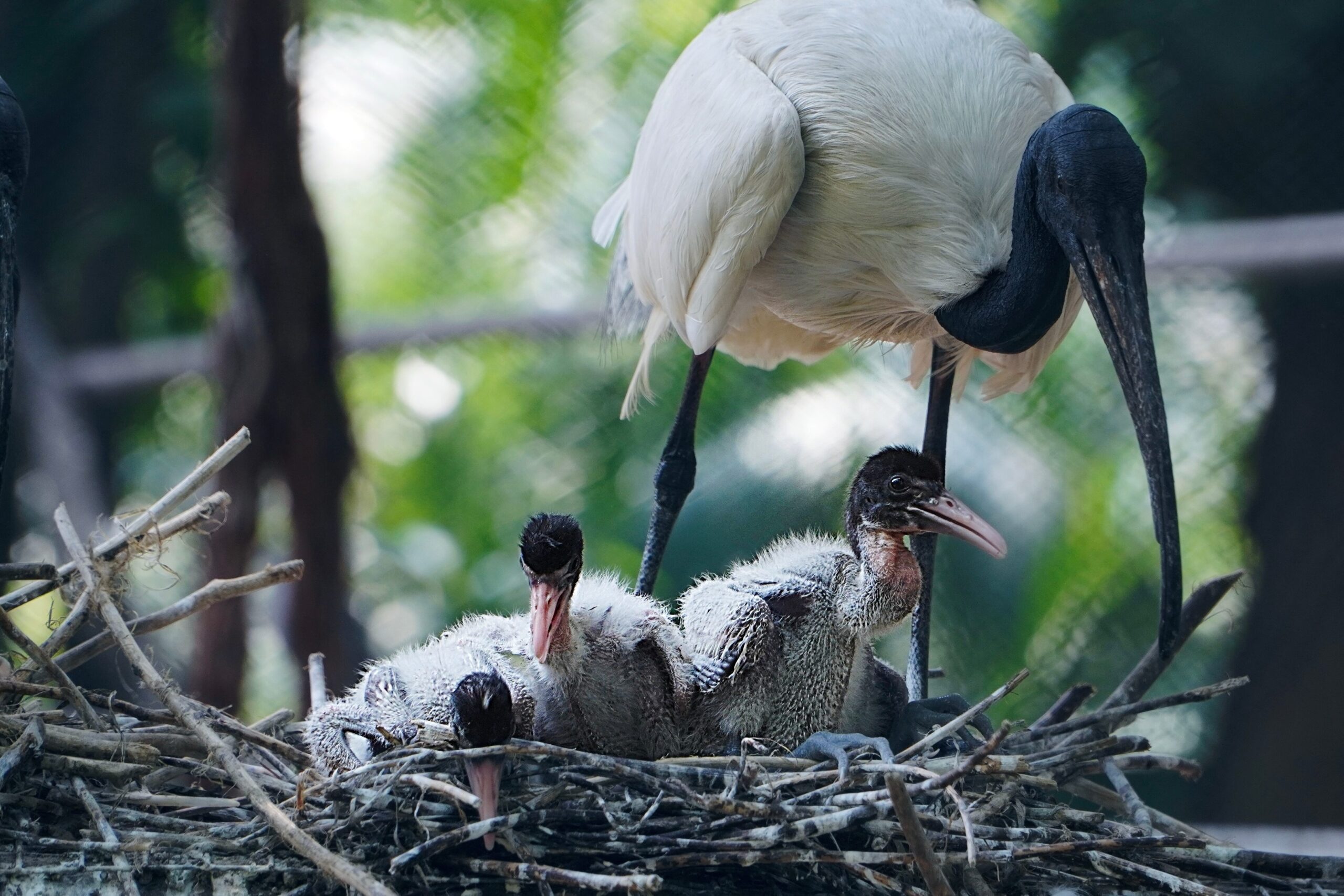
Fascinating fact
Although now nicknamed the ‘bin chicken’ for its scavenging habits in urban Australia, the white ibis was once revered by some First Nations groups and has served as a symbol of drought resilience in inland communities. Its city-dwelling habits are a relatively recent adaptation to environmental pressures.
